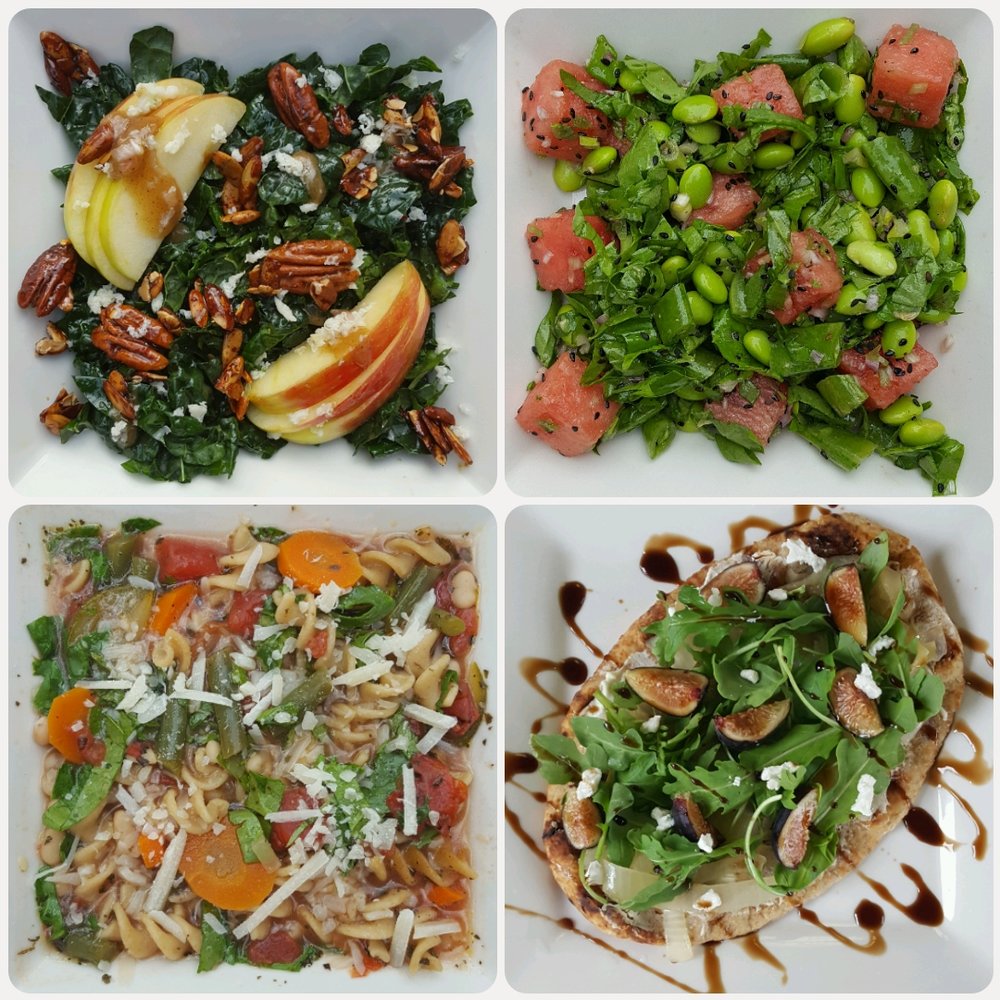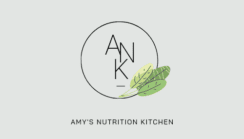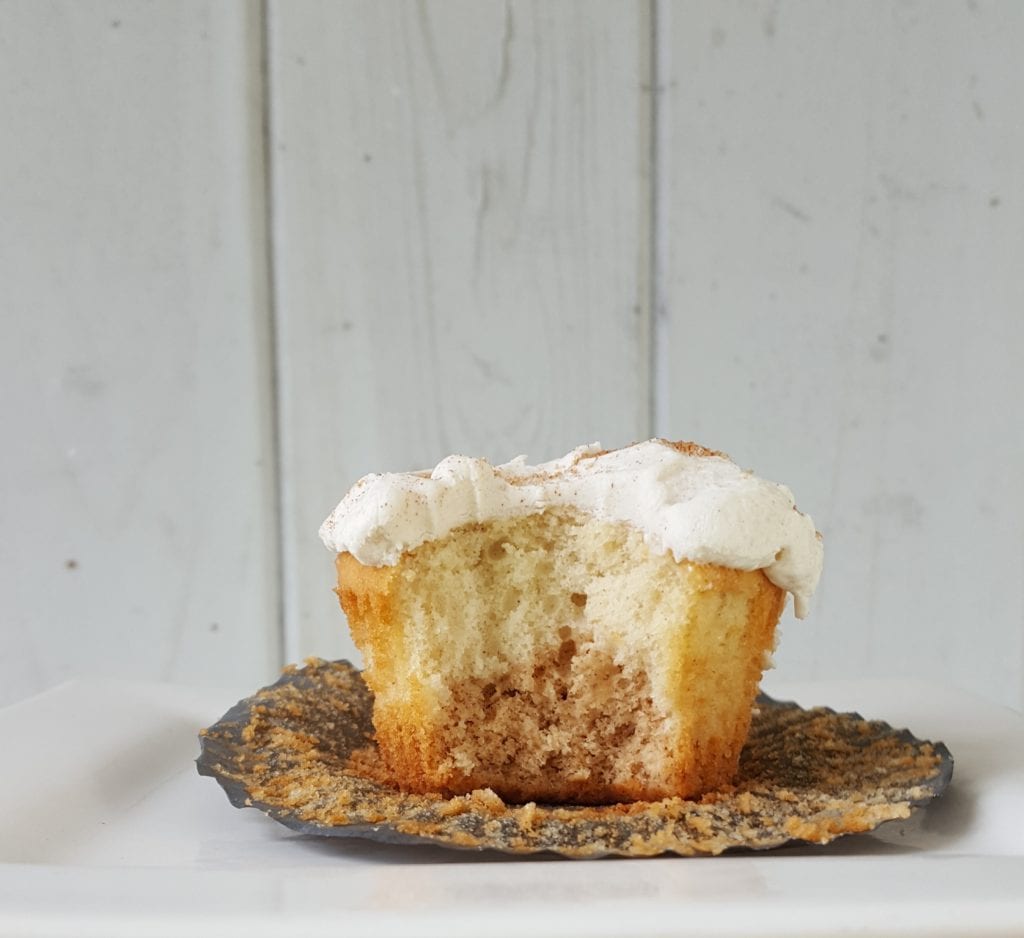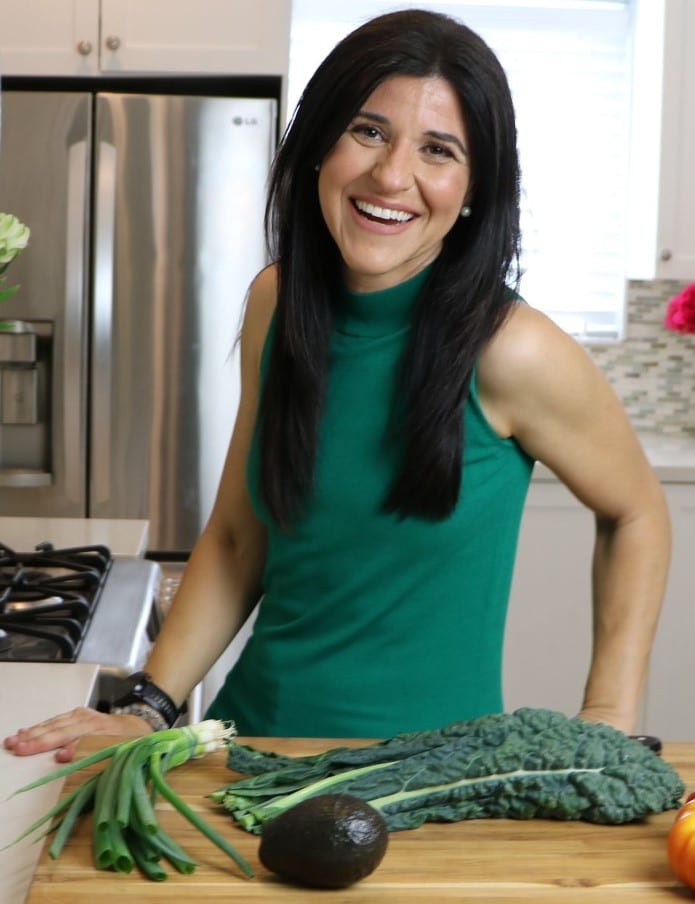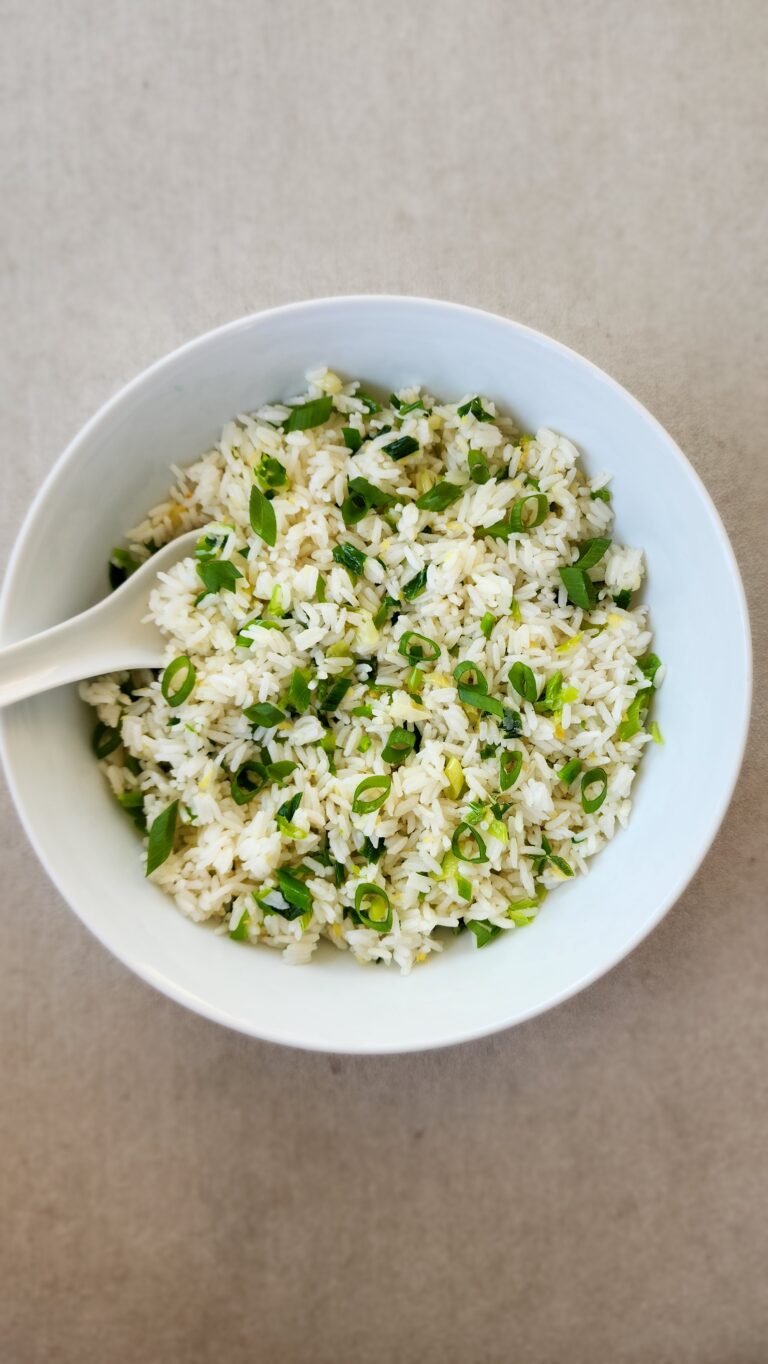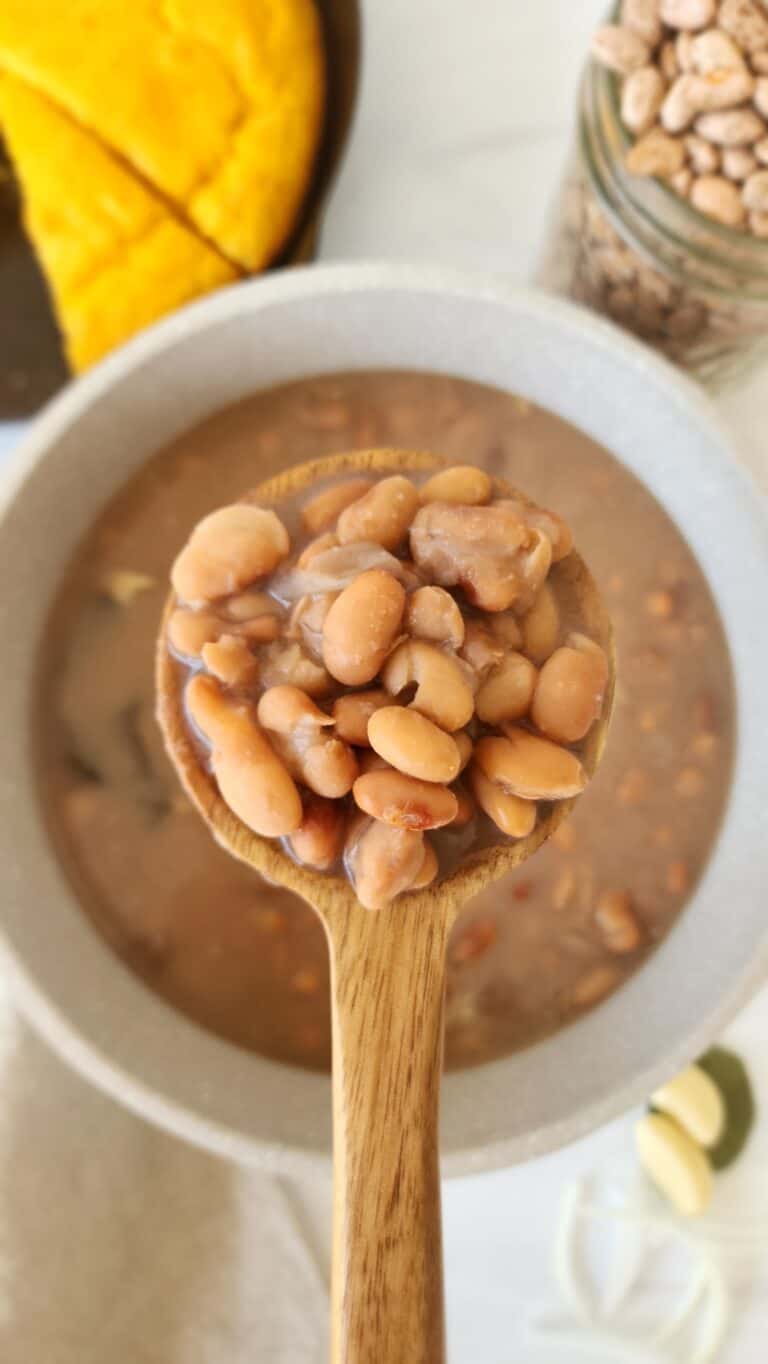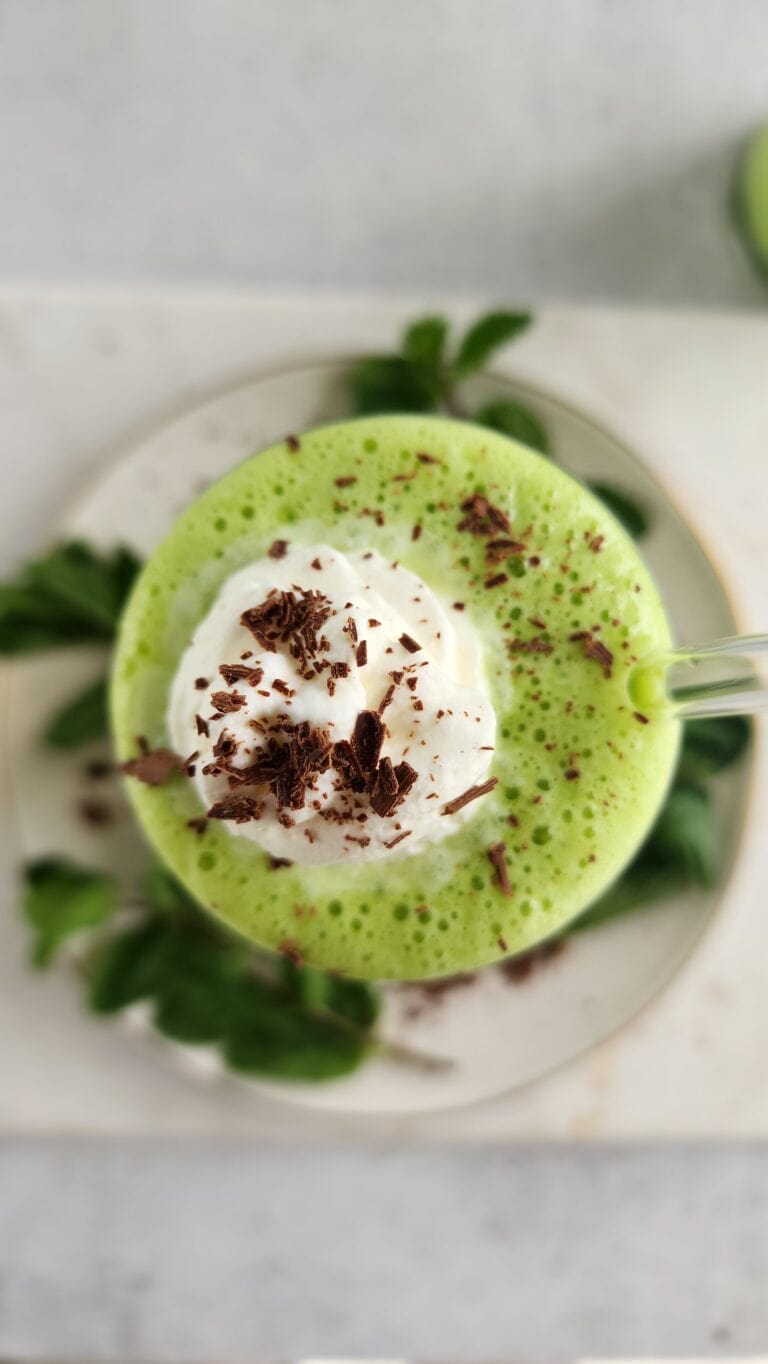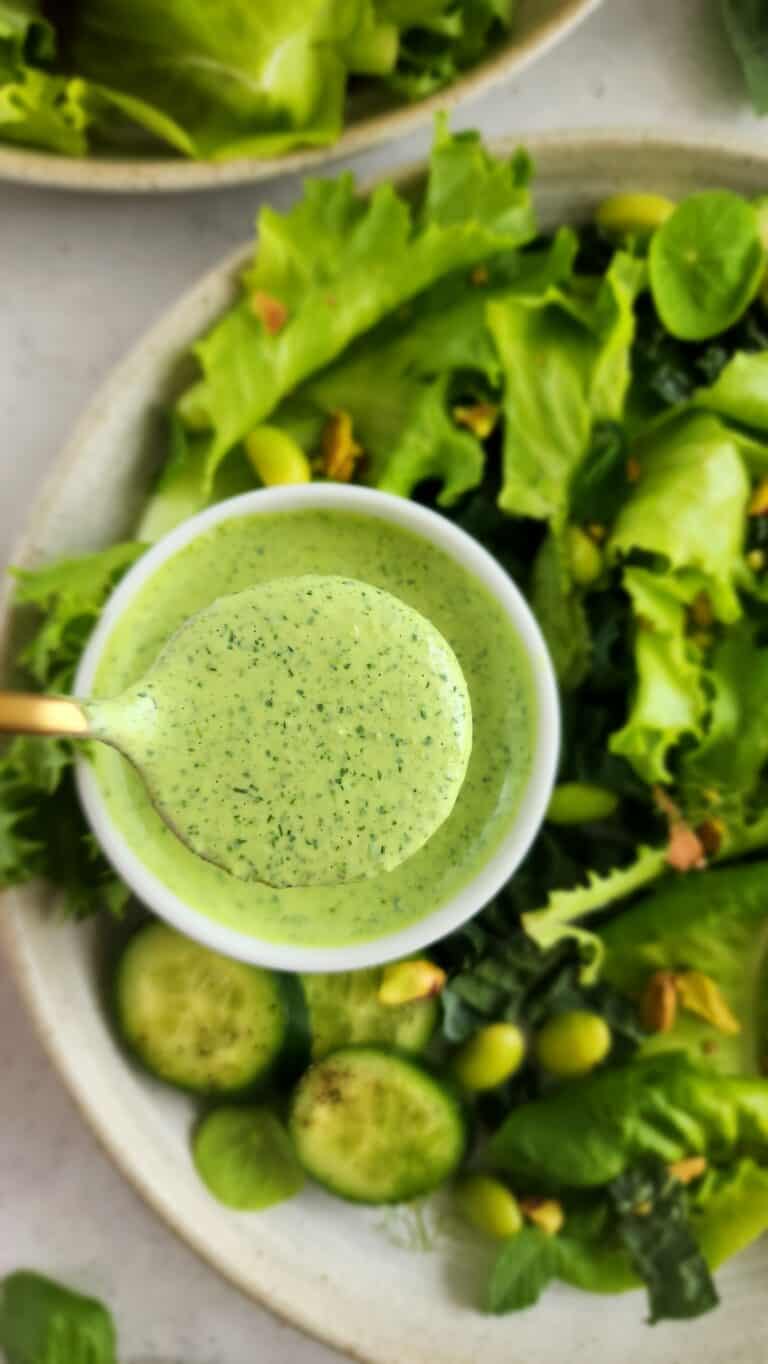Carbohydrates aka carbs – Most people LOVE them. Maybe they love them too much, it is what most plates are filled with these days. Just take a look around and you’ll see people overeating carbs. So why would one remove them from their plate completely? If the promise of weight loss was there would it be worth it? Low-carb diets are and have been popular throughout the years for this very reason…weight loss. Is this the right way to go? Will this help curb one’s craving for these carbs?
Truth bomb – low-fat and low-carb in the long-run show little success. So, what is successful? Cutting back on the processed, refined carbs that are creating the crave for why we want them in the first place. I’ve said this a repeated number of times on this blog, but it bears repeating again. NOT ALL CARBS ARE CREATED EQUAL. I apologize for the all caps (screaming), but I think people need to understand that there is a different physiological response when we eat certain carbs. When people say they feel that they are addicted to sugar, you better believe them. It’s a literal feel good response when you eat certain foods and all of that correlates to your blood sugar response. The unfortunate? Sometimes you don’t always feel so good and your body emits symptoms to let you know it’s not responding as well as it should – that poor pancreas can’t keep up.
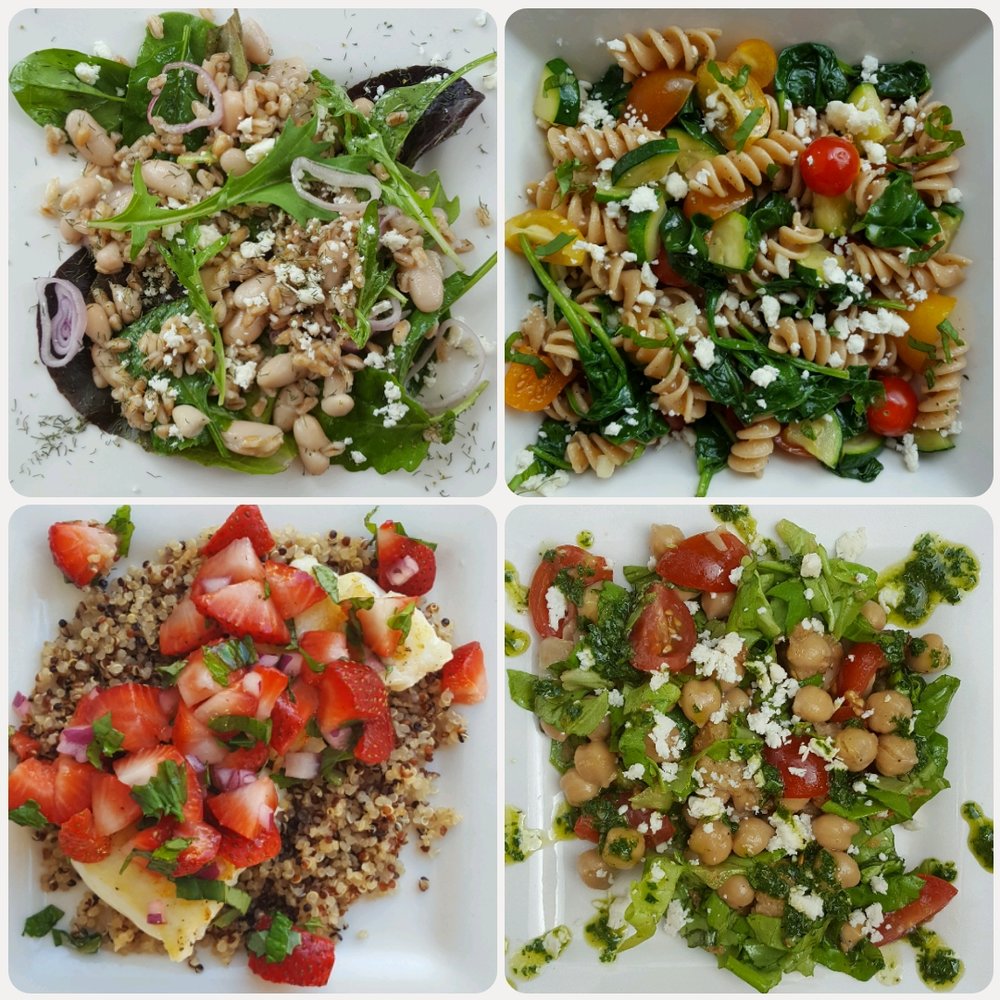
So before you stop reading my article, hear me out. There is nothing wrong with eating a pasta meal. I have Italian blood in me, I eat pasta. What’s the problem most times with pasta? I said it earlier and it is one of the problems with carbs in general, not only are we eating the unhealthy carbs but we are also eating them EXCESSIVELY. While I’m picking on my pasta, think of any culture and it tends to be carb-laden. Here in Miami we have a mix of many Hispanic cultures. When I used to get diet recalls, many times it was black beans, white rice, yuca, plantains, and meat. Carb/protein, carb, carb, carb, and protein. Carb-bomb waiting to go off. And virtually no non-starchy vegetables thrown into the mix, unless you want to count Iceberg lettuce and we’re not playing that game.
Processed = A Problem. You’ve heard your doctor say eliminate all things “white”. He’s referring to those processed carbs – white bread, cereal (sugary or regular – sorry not sorry – I cannot nor will not recommend a cereal to you to eat. Worst.Food.Ever!), white rice, white pasta. Why? Again, our bodies are amazing machines if we fuel them the right way. Give them this kind of fuel (because that is what carbs provide, fuel) – it will produce a rapid rise in blood sugar, wherein your pancreas has to respond and produce insulin in order to cover all that circulating glucose (sugar). The pancreas cannot continue covering all our overeating. It just can’t. Add in genetic risk factors, and this is why we’re seeing a rise in pre-diabetes, and hence diabetes, not to mention metabolic syndrome and heart disease. And here’s the kicker of it all, the more processed, refined carbs you eat, the more you CRAVE. That’s right – you’re on a roller coaster ride, literally. You want that feel good rush, making it almost impossible to get off the ride (and oddly enough you don’t want to – you crave it). Remember what I said, our bodies are these amazing vessels. They respond with what we give them. It’s our job to fuel up and fuel the right way.
One difference with refined versus whole grains is the fiber. Fiber literally slows down digestion and thus the blood sugar response. When you’re eating a processed, refined carbohydrate, it is literally “fast-acting” energy, which is not much different than sugar (your body doesn’t know the difference as it is breaking these down for energy for your cells). White bread or any other processed carb will bread down into glucose very quickly which again raises blood sugar rapidly. The opposite occurs with the slower-digesting carbs – beans, whole wheat bread, quinoa, etc. – the longer it takes to digest and break down into sugar, in part due to the fiber that they contain, the slower the response in blood sugar occurs. See the picture below for a depiction of the breakdown. The rapid spike from the processed carbs often leads to a crash or if you’re like most people, you try to avoid that and you start the cycle all over again and eat.
Insulin – I believe there are many reasons why people say they have cravings – taste, PMS, stress, etc. But when we look closer at carb cravings your body kicks in to try and restore your blood sugar, it senses the urgency and it responds. But here’s the problem. Processed carbs cause more insulin secretion. When you have this cycle: eat processed carbs, blood sugar rises rapidly, insulin quickly follows (again the body is doing it’s job), which directs incoming calories into the liver, muscle, and fat cells. Here’s the kicker, only fat cells have a limitless ability to store calories. If after a short time of eating your meal the glucose circulating is low (you’re out of available fuel), this leads to hunger all too soon after you’ve just eaten. Breaking this down – if fat cells get too much energy, there’s not enough to fuel the brain. The brain is constantly watching the calories in our body. If/when it sees that the calories are low, it sends the message and triggers you to feel hungry and create those all too famous cravings. This is a vicious cycle that goes on and on, ultimately leading to weight gain.
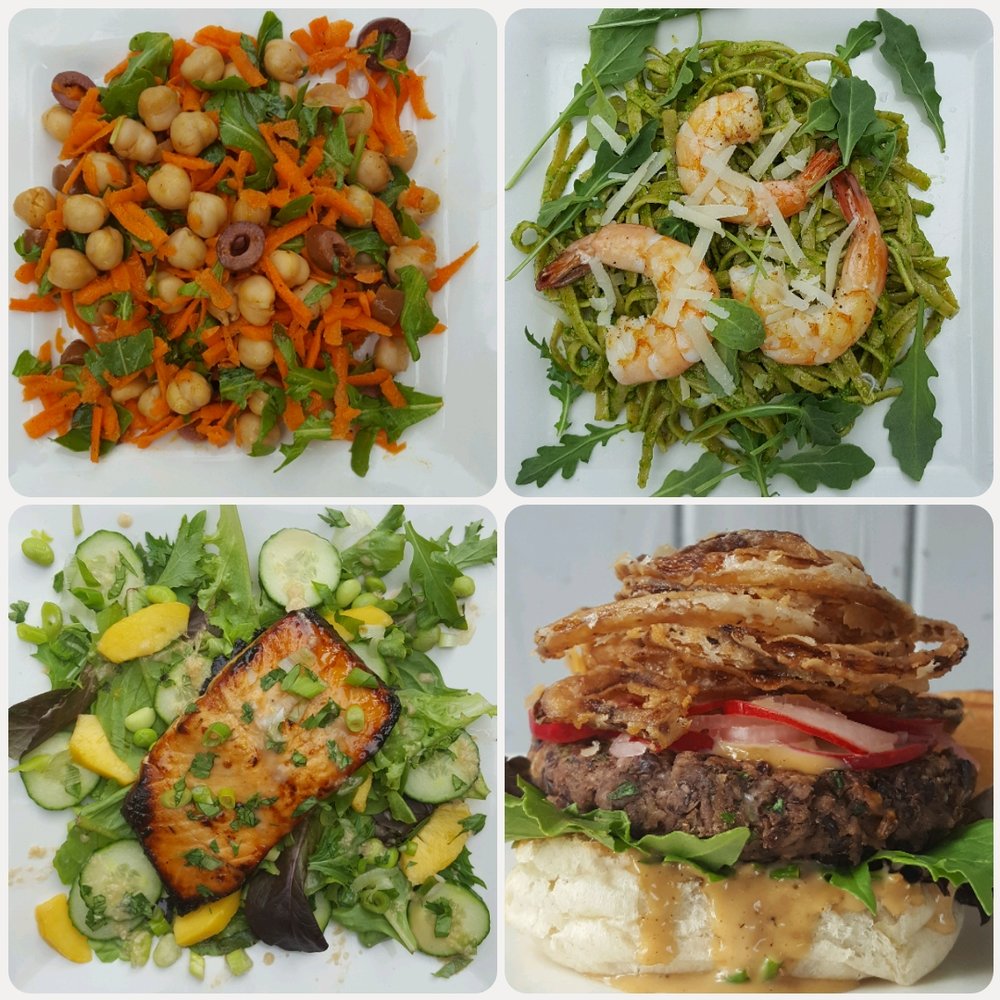
Kick the Crave – I’m not of the mindset of all or none, but I’ve heard people say that they’ve gone cold turkey with the processed carbs to help themselves with cravings. Then they will add the healthy, complex, whole grains back into the mix. I say the key is to minimize your intake of processed, refined carbs and have the majority of your intake be healthy, whole grains. However you’re able to do so, get going. Here are a few helpful tips to remember:
Include WHOLE grains – brown rice, whole wheat pasta, quinoa, etc. And while you’re including whole grains, begin to monitor your portion size. To give you perspective, 1 cup of pasta = 45g of carbs – that would be the amount an adult female could/should have at a meal. Yes, 1 cup of pasta will seem like none, but remember it’s not just the source of carbs that’s the problem it’s also the amount that we’re eating. We need to be more mindful when it comes to carbs. When we’ve included the healthy carbs in a portion controlled amount this has the biggest impact on blood sugar – keeping it steady and in better control (no more crazy roller coaster ride) which in turn helps manage those so-called cravings.
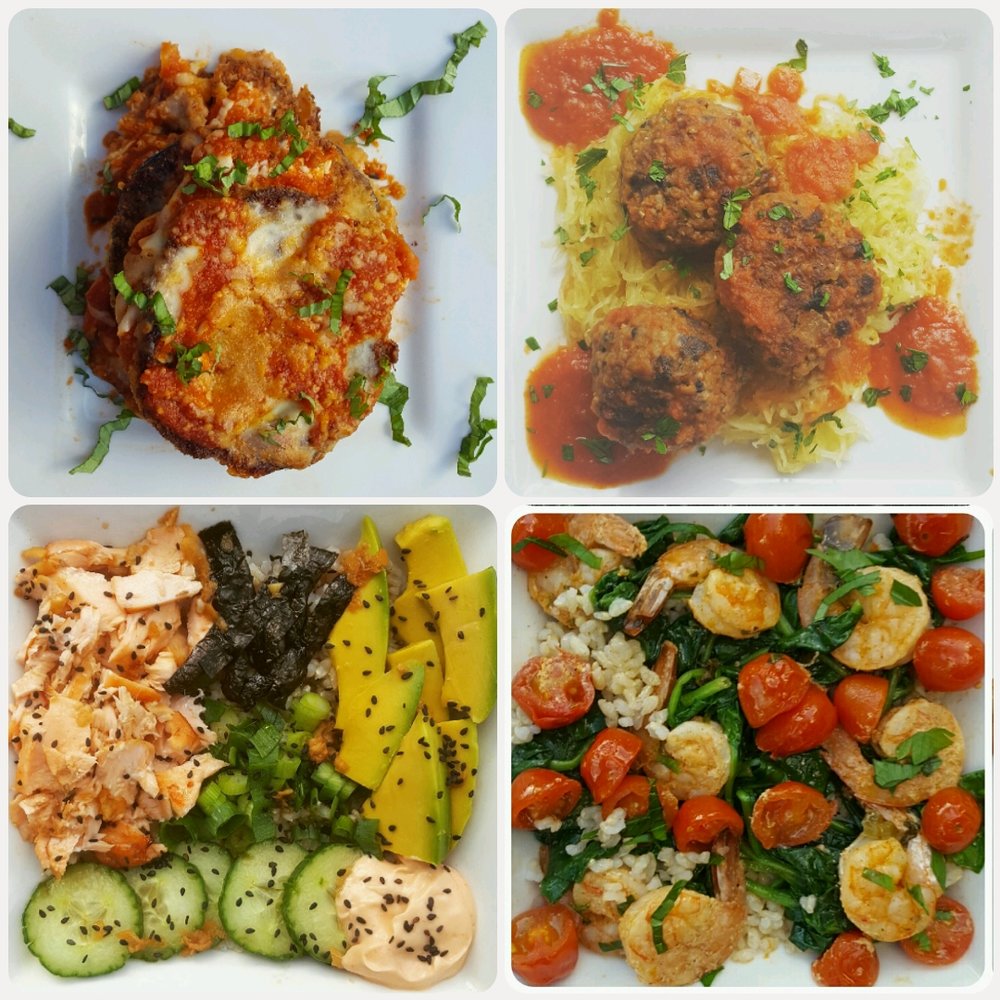
I’d be honest in saying to avoid the sugary carbs in the beginning (again, I’m not an all or none person) but cakes, cookies, pies, candy, and any sugary beverages, yeah, I’d say eliminate at least for the first week – not only do they wreak havoc on blood sugars but they provide virtually no nutritional value. Find a nice piece of dark chocolate or something that will in theory replace this but yet not be laden with sugar.
Include healthy plant-based fats at meals. Fats take longer to digest which in turn helps stabilize blood sugar and cause less of a response but they also help to keep you fuller longer. Examples include nuts, nut butters, avocado, olives, oils, hummus, seeds, etc. The key is to balance your meal – carbs, protein, and healthy fats, and not to be forgotten including non-starchy vegetables at as many meals as possible, i.e. kale, broccoli, spinach, tomatoes, carrots, cucumber, asparagus, and MORE. They are what I like to call the fiber factor. Fiber helps control blood sugar response (since you don’t digest fiber it doesn’t elicit a blood sugar response) but what it does do is help stabilize it as fats do and fiber also helps keep one fuller longer as well. Get your fiber!
In summary, the goal is to include high-quality carbs – those that are minimally processed – at meals in portion-controlled amounts along-side protein, healthy plant-based fats, and non-starchy vegetables. I’ve included pictures throughout to give examples. Many times people will end up asking me at the end of it all, “what can I eat?” There have been examples throughout to help you. More importantly it’s to show you that healthy can taste delicious, it all begins with a few small changes (and kicking some old habits maybe) to get you on the path of health and wellness and really put an end to those carb cravings. You’ll feel better. Pinky promise.
